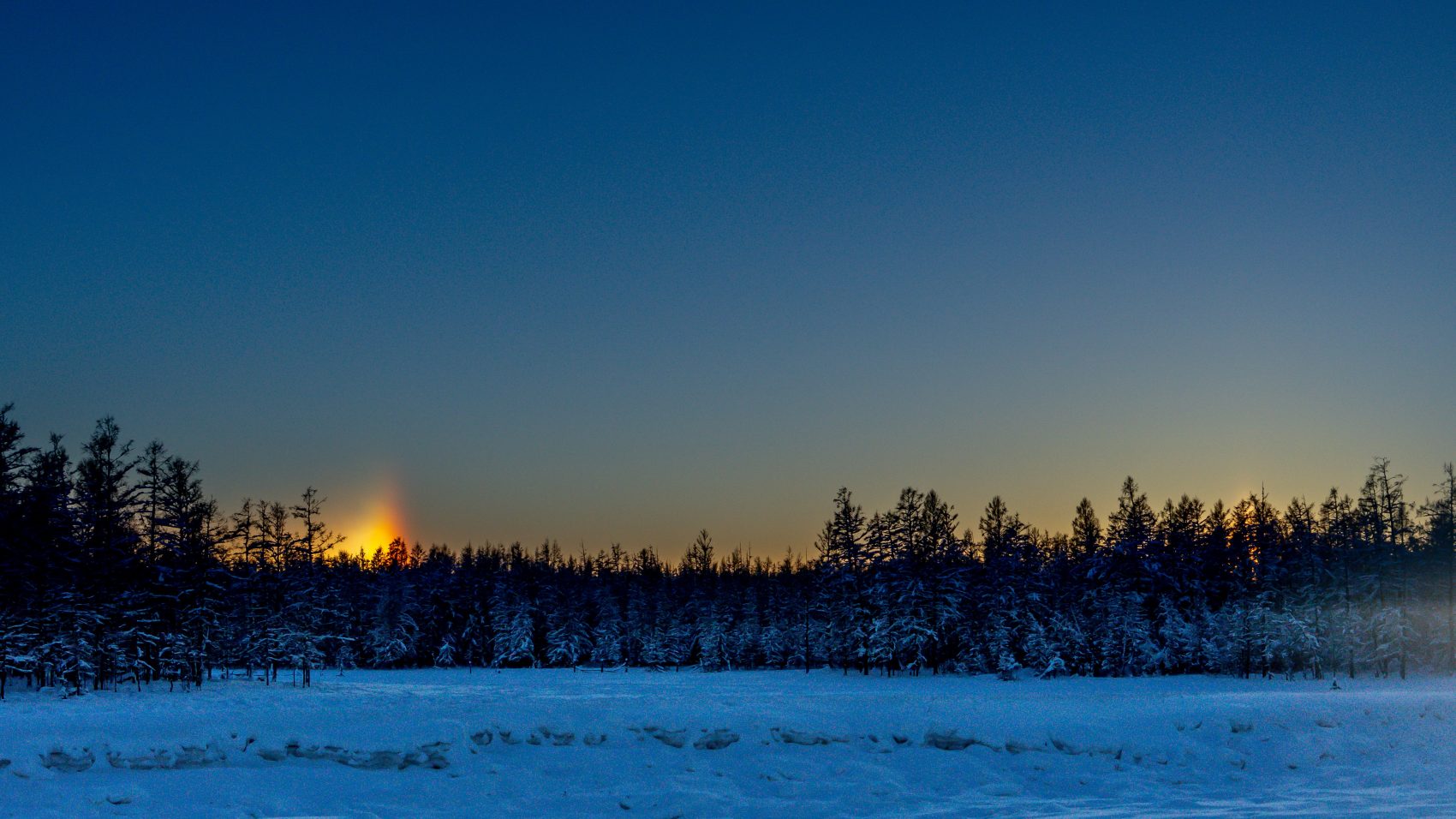
According to CBS News, two cave lion cubs from the last ice age were recently discovered in Russia. These cubs were so well preserved that they still had their fur, whiskers, and teeth intact. These lion cubs were frozen in the Siberian permafrost, which allowed them to remain in exceptional condition.
Swedish researchers uncovered the findings. Among researchers, the cubs are known as Sparta and Boris. Sparta is recognized as the “best-preserved Ice Age animal ever uncovered,” as stated by Science Alert. “These frozen animals often have excellent DNA preservation, letting us investigate the genomes of extinct animals,” Professor Love Dalen of Stockholm University’s Center for Palaeogenetics research team explained.
“Finding intact frozen specimens like this are important.”
– Love Dalen
The male cub Boris was discovered in Siberia along the Semyuelyakh River by Boris Berezhnev. The cub was estimated to be around 43,448 years old. A year later, the female cub, Sparta, was unearthed just 50-feet away, as reported by Inside Edition. A report claims that Sparta was around 27,962 years old. Researchers in Sweden verify that the cubs were both 1-2 months when they passed and were the size of an average house cat.

There is a possibility that there could be even older, more well-preserved cubs out there. For instance, Sparta is the fourth cave lion to be discovered in the permafrost of Yakutia. Researchers believe the area was the ideal breeding spot for cave lions.
Cave lions are extinct today, but researchers can grasp the species with carcasses such as Sparta’s and Boris’ and cave drawings from prehistoric times. Researchers say that the cave lions most likely evolved from modern lions nearly 1.85-million years ago. Although they diverged from their ancestors, cave lions were 20% percent larger than modern lions. The cave lions were also “similar to modern African lions,” according to CBS News. A notable difference between the two is the mane that African lions have. “The cave paintings only show lions without manes, so one hypothesis based on the cave art is that the males lacked manes, something that we can possibly test using genetic methods in the future.” Professor Dalen claimed.
Researchers exclaim that it is difficult to identify exactly what killed the cubs, yet they are certain their fatalities were not the cause of predators. The cubs possessed skull damage and rib dislocations, leading researchers to believe that they were buried in a landslide soon after their death. Researchers also believe that the cubs were buried recently after their passing, as there are no signs of ravaging animals having access to the animals because there were no apparent teeth marks.
